This article has been compiled by Jeff Kelley (@postaljeff) and Susanne Maude (@masusanne).

The original image by @diegopiquerasruiz.
If you’ve been Vimpted, you know the feeling of holding a precious print in your hand, of experiencing this kind act from a fellow Instagrammer, a stranger. And if you haven’t been Vimpted yet, you’d sure love to be. Vimpt is a beautiful proof that art connects and that collaboration creates something unique.
The man behind Vimpt is Craig Austin from the UK. Every week Craig chooses nine Instagram images submitted to #vimptfreeprint, turns them into fine art prints in his dark room and sends them to the photographers. He does this all for free.

The original image by @rosaliehellerphotography.
Not just thumbnails
Vimpt equals Very Important. “The name signals the importance of the images people are submitting and the importance of the print, that we should not forget the role of materiality within the digital.” Craig wants us to look at the images as physical objects and not just as thumbnails on our phones.
The idea for the project came after Craig taught Alternative Processes at the University of Westminster and collaborated with Jonathan Worth on Phonar Nation. Phonar Nation was a free online photography class, open to anyone in the world and run as a part of the Cities of Learning Initiative in the US. Craig produced free salt prints from smartphone pictures for the students to connect them to the historical, cultural and material contexts that are so often removed from the digital world.
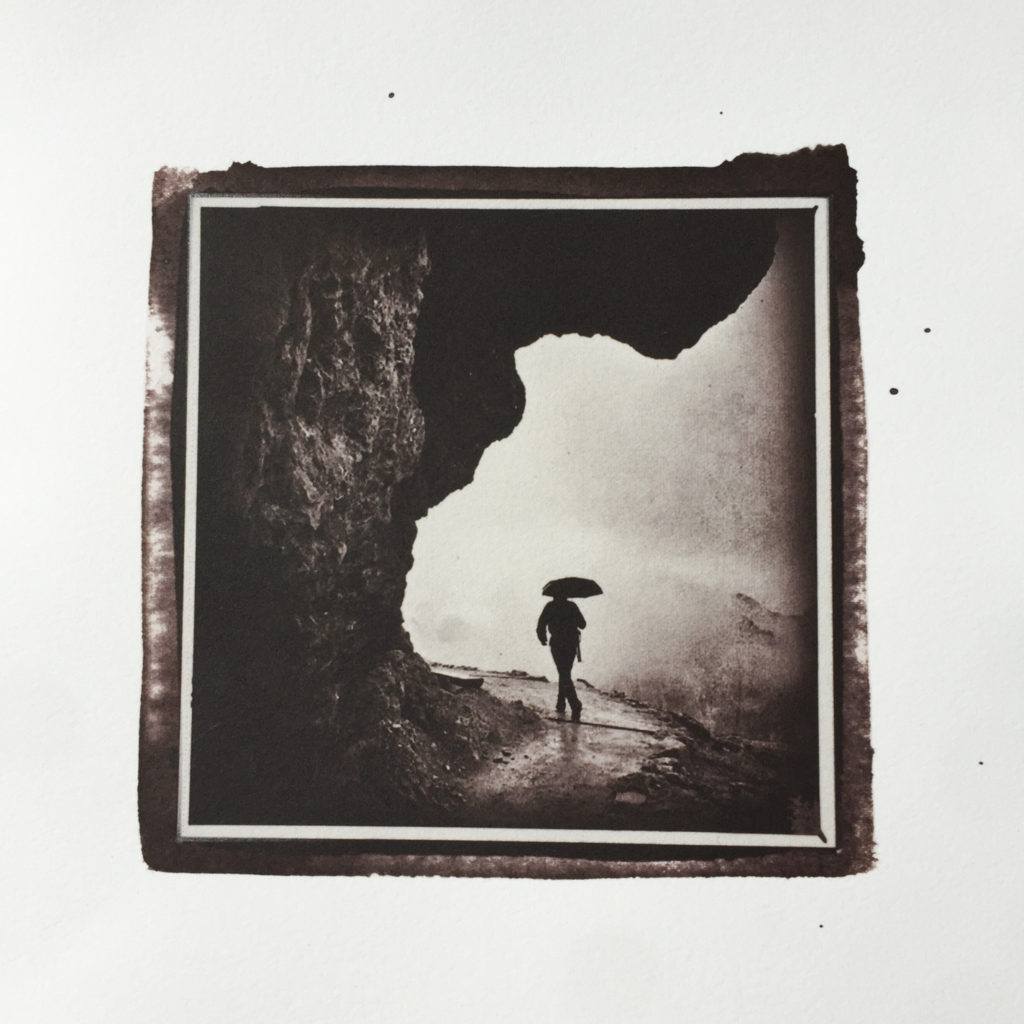
The original by @kerrysherckphoto.
The success of Phonar Nation led Craig to drop the same process into Instagram. He started the Vimpt account in November 2015 and has so far sent out 400 free prints. The project is growing fast; people from all over the world have submitted almost 20,000 images to Vimpt’s hastag.
“I have become part of a vast, engaged and creative photographic community that I didn’t know existed! The communities and individuals I’ve met through Vimpt are incredibly knowledgeable, driven, generous and gifted. I’m excited about where the project is going.”

The original image by @_soulkitchen_.
Old school meets new technology
Craig uses historic processes such as Salt Print and Cyanotype, and combines them with digital technology and handmade paper to produce fine art interpretation of chosen images. “I use the title Alternative Processes for what I do as it helps to describe and give a broad context to this hybrid approach. The term itself is a subject of considerable debate, and there are a lot of different opinions about its meaning and what it covers.”
What interests Craig is how modern technology has made the historic processes more accessible. “A love of the physical print produced by these wonderful old processes and an excitement about how digital technology and social media are reinventing the cultural meaning of photography is one of the reasons I started Vimpt.”

The original image by @drunadlerphotography.
What makes a good image
“There are a couple of things I look for when choosing an image”, Craig explains. If the image relies on a particular colour or if the image’s narrative is about colour, it won’t work as a monotone print. “It can become flat.” The same goes with images that are overly complicated or overworked with apps. “What a salt print adds can become a little lost.”
Craig looks for sharpness and details. “If it’s not sharp but looks like it should be sharp, or if the shot is a portrait and the face is in shadows without enough details, then it won’t work well as a monotone print.”
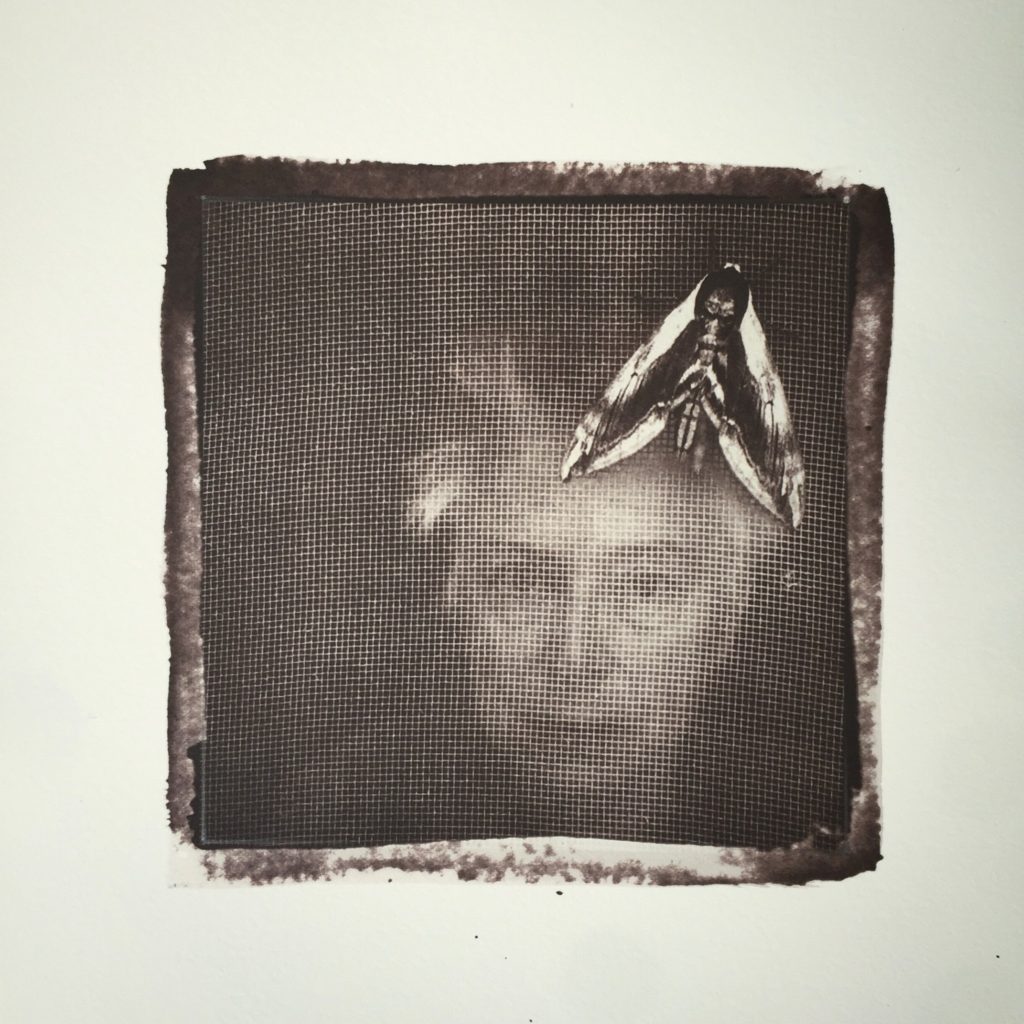
The original by @lisawcarlson.
Yet there are exceptions. “Some images do fall outside this rough guide, and I know they will be difficult to print, but I do them anyway as they are such great shots.”
Craig tries to vary the style of chosen images, and he does not usually print images of drawings or paintings.

The original by @lela.gruen.
The Future of Vimpt
Vimpt is a self- funded project and free of charge for photographers. That makes it unique. Craig tells that photographers have requested purchasing prints, and he’s trying to set up a service that could at least supply prints for exhibitions, but Vimpt as such will always continue to give away free prints. Selling prints was never its goal.
However, Craig, who sometimes produces same images twice in order to replace the ones lost in the postal service, admits that Vimpt is approaching a time when he needs to raise funds to be able to keep making and giving away prints for free. He is planning to establish a donation page on the website. “But it’s difficult to know how to ask for money to continue something that is free.”

The original by @venkatesulu.
Craig himself takes mostly pictures of his loved ones. And no, he does not have any personal account other than Vimpt. “I don’t have much time outside Vimpt and my family, and I much prefer collaborating with other people, it’s more inspirational. For me, photography on social media is about conversations, collaborations and sharing information but in a beautiful and unique way.”
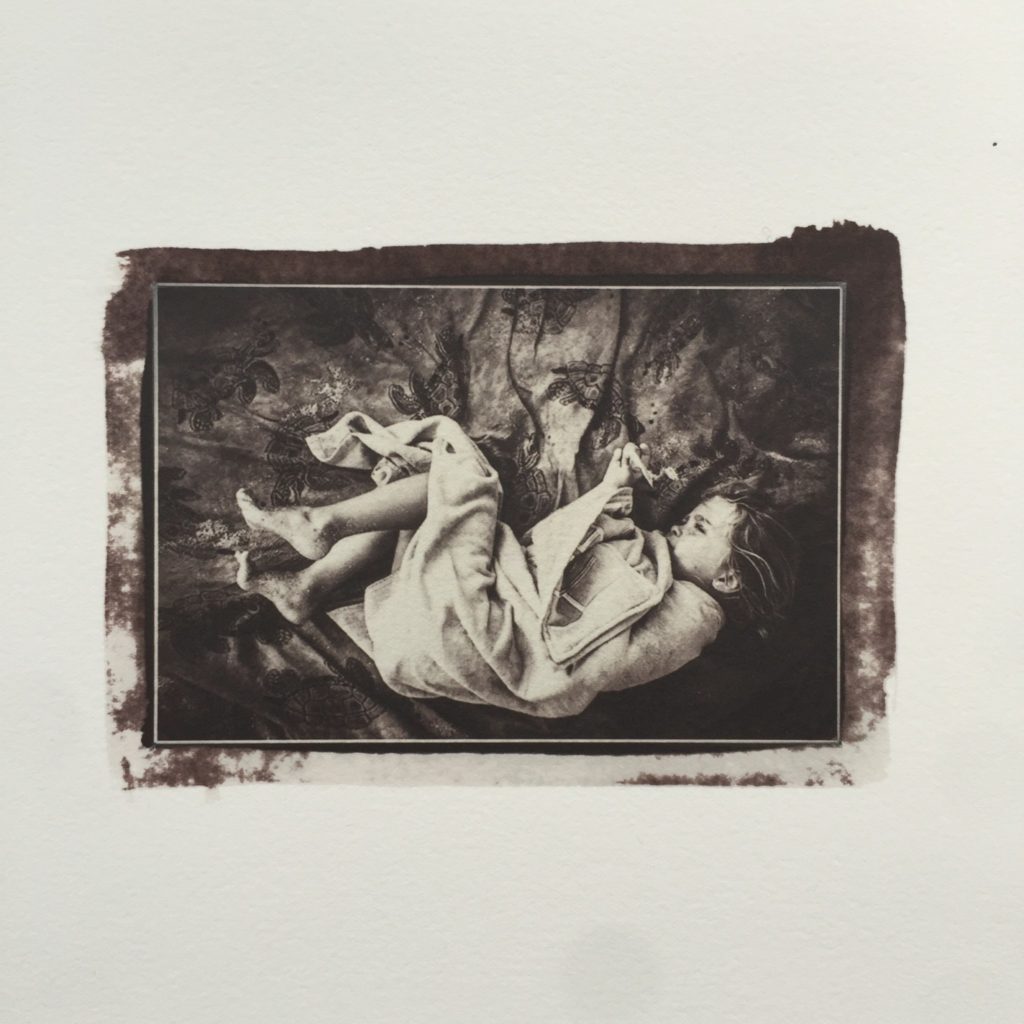
The original by @charo_diez.
Because of Vimpt, Craig spends a lot of time online, and he is a huge fan of digital art. Yet he is an even bigger fan of physical print.
“Seeing Hiroshi Sugimoto’s prints or the work of Stephen Gill or Masao Yamamoto, or even leafing through a great photo book makes far more of an impression on me than seeing work on a screen.”
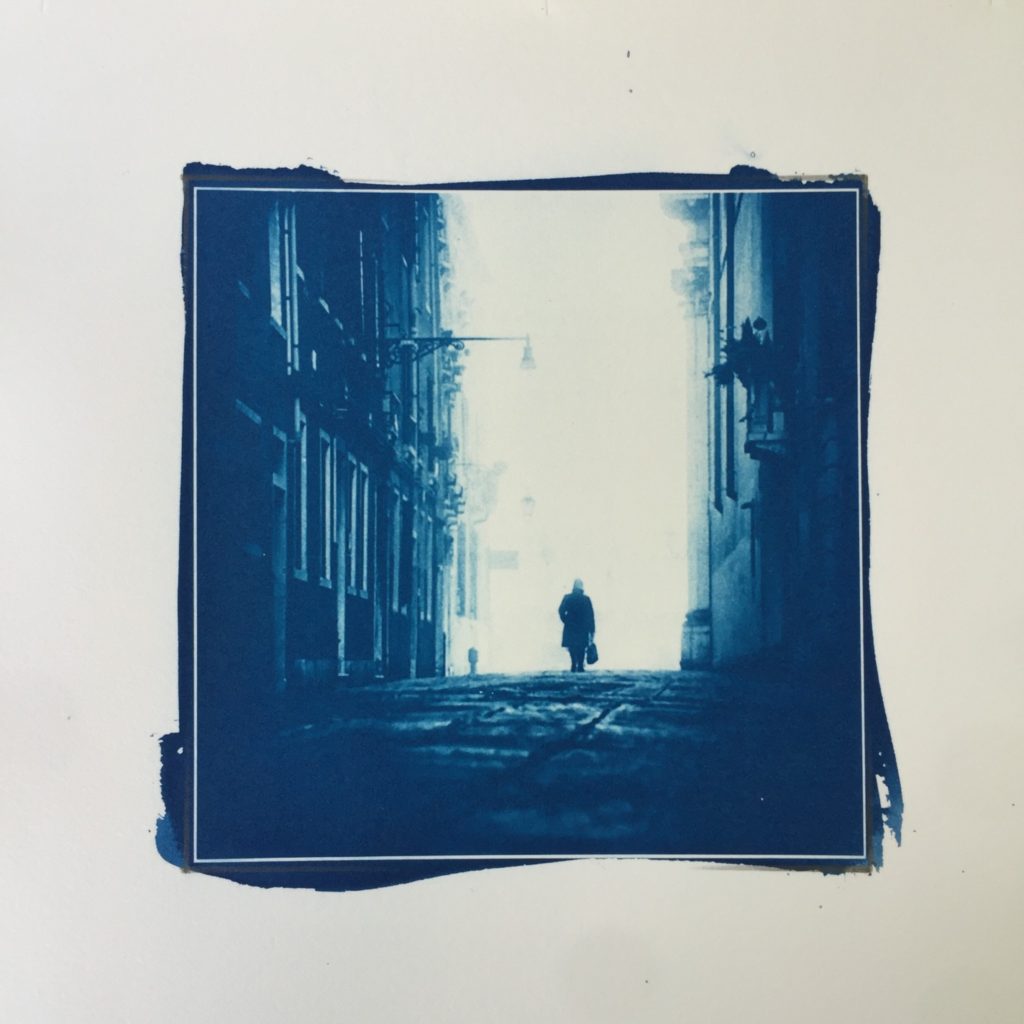
The original by @andofuchs.
You can find out more about Vimpt, the photos of the chosen prints and videos by the happy recipients at www.vimpt.com and you can check out Vimpt on Instagram.
About Author

Latest stories
 CommunityDecember 31, 2020We Bid Adieu
CommunityDecember 31, 2020We Bid Adieu Alexandra PrestonDecember 31, 2018December Wishes from Grryo
Alexandra PrestonDecember 31, 2018December Wishes from Grryo StoriesMarch 11, 2018The Marigoldroadblog Project by Adjoa Wiredu
StoriesMarch 11, 2018The Marigoldroadblog Project by Adjoa Wiredu Antonia BaedtDecember 22, 2017‘Tis a Jolly Grryo Christmas
Antonia BaedtDecember 22, 2017‘Tis a Jolly Grryo Christmas

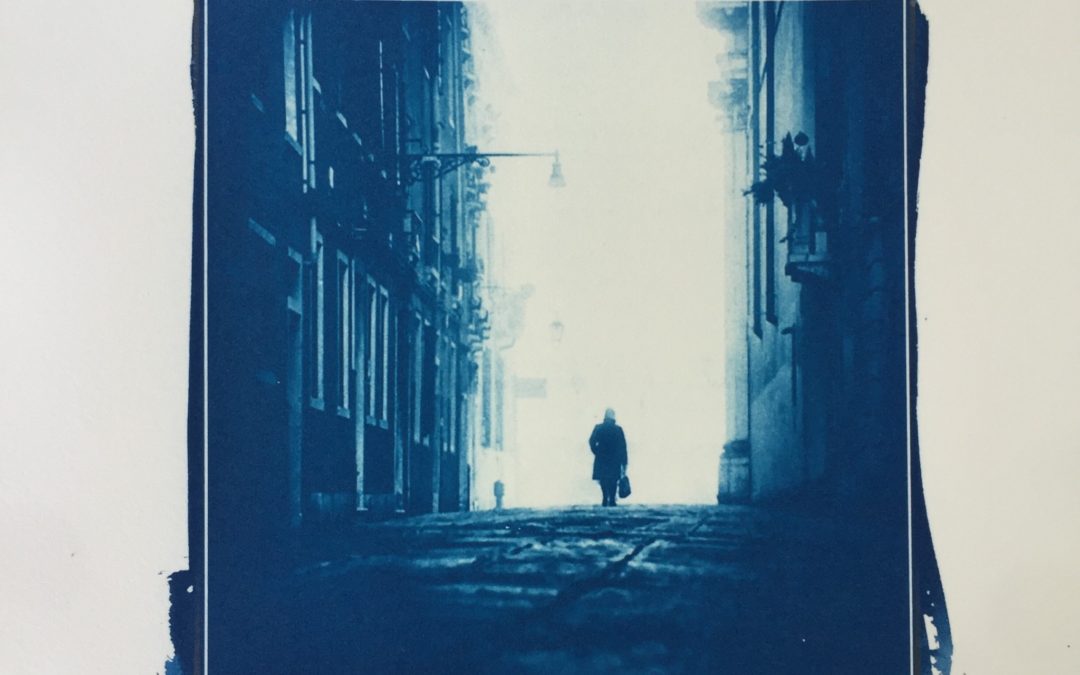
I enjoyied the reading and the wonderful images. Thank you so much for this article Susanne . And you, Craig, you are the best ❤️??
Thank you Valeria, your constant enthusiasm for the project has been incredible. I’m so very grateful for all of your support!
Yes, agreed Val, what a wonderful project! All tjese prints are amazing.
lovely piece. wonderful selections and weiting. thanks for sharing this meaningful project–slowing down gratification in our instant gratification addicted society. and congrats, Craig 🙂
yikes! typo–should be writing. 🙁
Thanks a million, Jeff! @postaljeff
I read with great pleasure and interest. Thanks a lot Susanne.
Craig, I feel so lucky for your attention.
You are a unique person, special. The photos that you select, in your hands, shine with new life. I’m so very grateful for everything you are doing!
Great article Susanne and Jeff!
Congrats Craig … Love your work!
Excellent piece Jeff & Susanne! Great choices for illustrating the end prints.
I think more people knowing about the project via Grryo is a good thing, the addition work by Craig with the increasing images tagged must be costing him more in time too though. I know it’s his baby and he manages it brilliantly.
The point about asking for money for a free project is a good one too. Donations are just that though. It’s entirely optional if people think the project is worthwhile. I for one do and would donate (even with very little income at the moment due to illness) without hesitation. The physical and tangible things of beauty created are most definitely worth it for me.
I’ve not been lucky enough to have been “Vimpt’d”, although Craig is always very supportive and enthusiastic about my work and I’m most appreciative just for that. I do hope for a selection at some point though to have that beauty displayed proudly.
Craig and I have discussed the processes also as I’m very interested to spend some upcoming darkroom time working on these alternative processes for myself.
Craig is a very kind and approachable person doing such selfless and creative things. The world needs more of these things 🙂
(Bit long… My bad)
Just found out about Craig’s wonderful project today. I really admire what he is doing . The article here is well done. Thanks
Deb